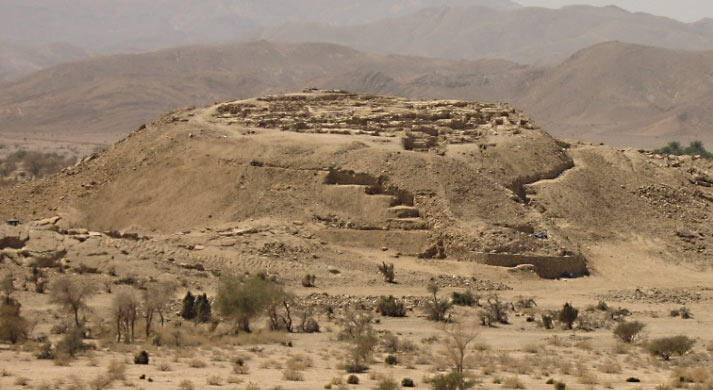Gwen Robbins Schug and Kelly Elaine Blevins
INTRODUCTION
Crisis studies are currently on the rise because of angst over climate change and recent global warming; popular media capitalize on this increased interest by focusing on grand narratives of collapse and celebrating pre‐reflexive engagements with reality (e.g., Diamond, 2011). Legends of prehistoric collapse perpetuate myths about “human nature” in the face of crisis and they are particularly problematic when they do not account for the c omplexity of human experience or the contingent reality of decision making. Archaeology—the discipline principally concerned with human diversity and environ-mental interactions in the past—is uniquely positioned to destabilize these myths and simplistic reconstructions of the past (e.g., McAnany and Yoffee, 2010). Human responses to crisis derive from particular historical, sociocultural circumstances; the concept of resil-ience is not actually distinct from the concept of collapse. This chapter considers the expe-rience of crisis and resilience in two different contexts in South Asian prehistory—the urban to post‐urban transition at Harappa and the rural, agrarian villages of the Jorwe phase of west central India (Map 3). This chapter is part of a long‐term project to examine human–environmental interactions in South Asian prehistory and to understand the long‐term biocultural consequences of different short‐term strategies for coping with environmental and climate change.
Yog.
See also :
The Chronology of Puranic Kings and Rigvedic Rishis in Comparison with the Phases of the Sindhu–Sarasvati Civilization
Oxygen isotope in archaeological bioapatites from India: Implications to climate change and decline of Bronze Age Harappan civilization
INTRODUCTION
Crisis studies are currently on the rise because of angst over climate change and recent global warming; popular media capitalize on this increased interest by focusing on grand narratives of collapse and celebrating pre‐reflexive engagements with reality (e.g., Diamond, 2011). Legends of prehistoric collapse perpetuate myths about “human nature” in the face of crisis and they are particularly problematic when they do not account for the c omplexity of human experience or the contingent reality of decision making. Archaeology—the discipline principally concerned with human diversity and environ-mental interactions in the past—is uniquely positioned to destabilize these myths and simplistic reconstructions of the past (e.g., McAnany and Yoffee, 2010). Human responses to crisis derive from particular historical, sociocultural circumstances; the concept of resil-ience is not actually distinct from the concept of collapse. This chapter considers the expe-rience of crisis and resilience in two different contexts in South Asian prehistory—the urban to post‐urban transition at Harappa and the rural, agrarian villages of the Jorwe phase of west central India (Map 3). This chapter is part of a long‐term project to examine human–environmental interactions in South Asian prehistory and to understand the long‐term biocultural consequences of different short‐term strategies for coping with environmental and climate change.
Yog.
See also :
The Chronology of Puranic Kings and Rigvedic Rishis in Comparison with the Phases of the Sindhu–Sarasvati Civilization
Oxygen isotope in archaeological bioapatites from India: Implications to climate change and decline of Bronze Age Harappan civilization




